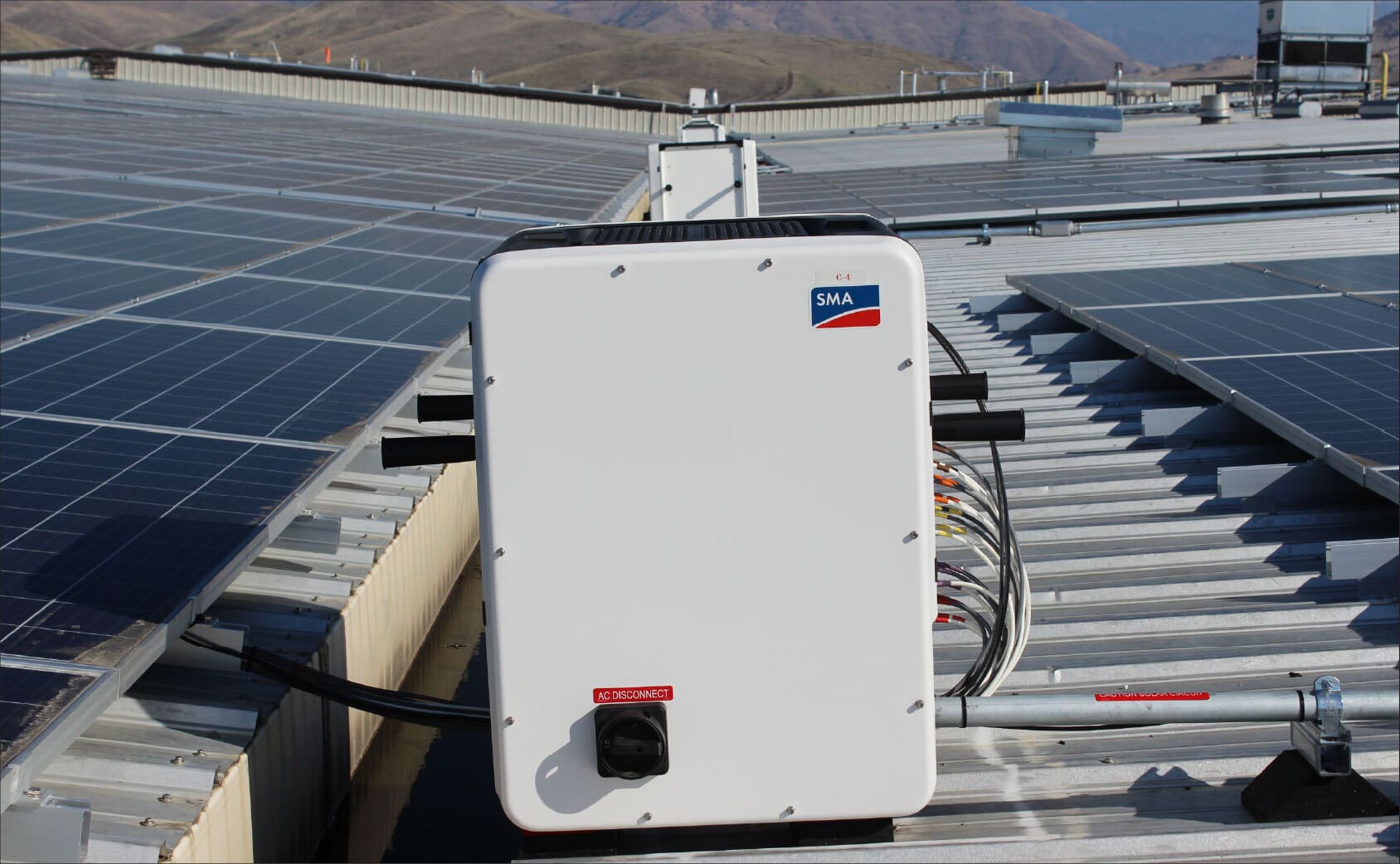Poland’s Untapped Solar Potential: How Hybrid Inverters and Energy Storage Are Shaping the Europe Solar PV Inverter Market

Poland is emerging as a highly promising market within the European solar PV inverter sector, fueled by a combination of favorable governmental policies, increasing environmental consciousness, and rising electricity costs. Historically, Poland's adoption of solar technologies has lagged behind that of Western European nations, largely due to limited government incentives, high initial costs, and a general lack of awareness among residential and commercial users. However, recent policy changes and EU-driven renewable energy targets are beginning to transform the market dynamics.
Poland solar PV inverter market was valued at USD 219 million in 2024 and is estimated to reach a value of USD 830 million by 2030 with a CAGR of 23%.
The Polish government has introduced incentives aimed at small-scale solar installations, including grants and favorable financing options that enhance the accessibility of rooftop solar systems for households and small enterprises. These developments present substantial opportunities for manufacturers and suppliers of string, micro, and hybrid inverters, as the demand for efficient, reliable, and cost-effective inverter solutions continues to grow. Of particular interest are hybrid inverters, which enable battery storage and energy self-consumption—solutions that appeal to Polish consumers looking to lower electricity expenses and achieve greater energy independence.
Despite these opportunities, the European solar PV inverter market in Poland faces several notable challenges. A significant hurdle is the high upfront investment necessary for adopting modern inverter technologies. While government incentives alleviate some financial pressures, residential and small commercial users still encounter considerable initial costs when opting for high-efficiency or hybrid inverters. Central inverters, essential for larger commercial and utility-scale projects, also involve significant capital outlay and necessitate skilled installation and maintenance, posing challenges in regions where trained personnel are limited. Furthermore, discrepancies in local regulatory standards, grid connection processes, and permitting requirements contribute to complexities for manufacturers and project developers, potentially inhibiting market adoption.
Another promising avenue in Poland involves integrating solar PV systems with emerging energy storage solutions and electric vehicle infrastructure. As the adoption of electric vehicles (EVs) continues to accelerate, hybrid inverters that can efficiently manage solar generation and EV charging represent a compelling value proposition for both residential and commercial users. Additionally, the residential solar segment in Poland, particularly in urban landscapes, remains underdeveloped compared to other European markets, thus creating an opportunity for the adoption of microinverters. These devices optimize performance at the panel level, making them suitable for rooftops with shading issues or irregular configurations, while also enhancing system reliability and monitoring capabilities features increasingly sought after by Polish consumers.
Poland also offers opportunities for retrofitting older solar installations with modern inverter technologies. Many early rooftop solar systems lack advanced monitoring, grid support, or energy storage capabilities. Manufacturers and service providers can strategically target these installations for upgrades, creating new revenue opportunities while enhancing the efficiency and longevity of existing systems. However, challenges such as grid stability, the need for technical training for installers, and market awareness still pose significant barriers that must be navigated for the solar PV inverter market in Poland to fully realize its growth potential.
In conclusion, Poland's solar PV inverter market presents a unique combination of high growth potential and inherent challenges. Favorable policies, rising electricity expenses, and increasing consumer interest in sustainability create numerous opportunities for hybrid, micro, and string inverters. Conversely, high upfront costs, regulatory complexities, and skill shortages must be addressed by manufacturers, investors, and policymakers alike. Through strategic investments, technological innovation, and focused market development efforts, Poland has the potential to emerge as a key player in the broader European solar PV inverter market, fostering increased adoption, enhancing energy self-sufficiency, and supporting regional renewable energy objectives.